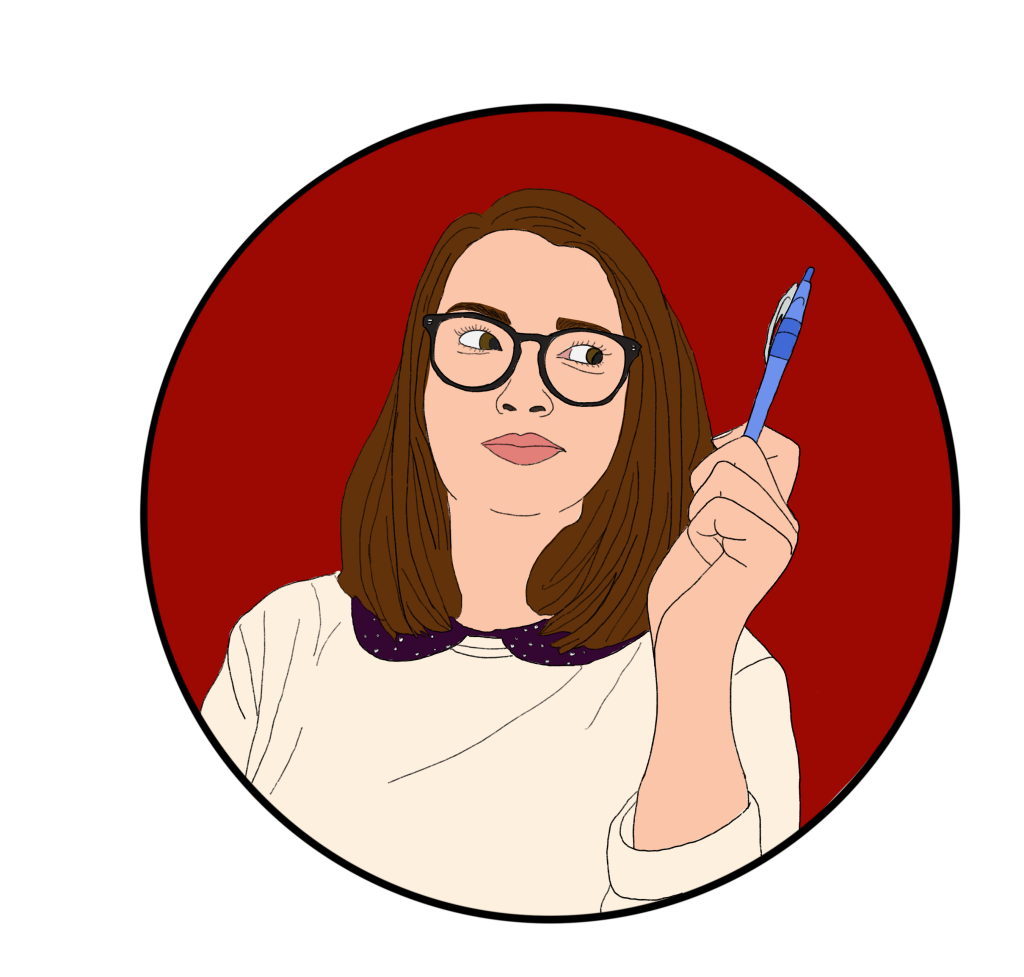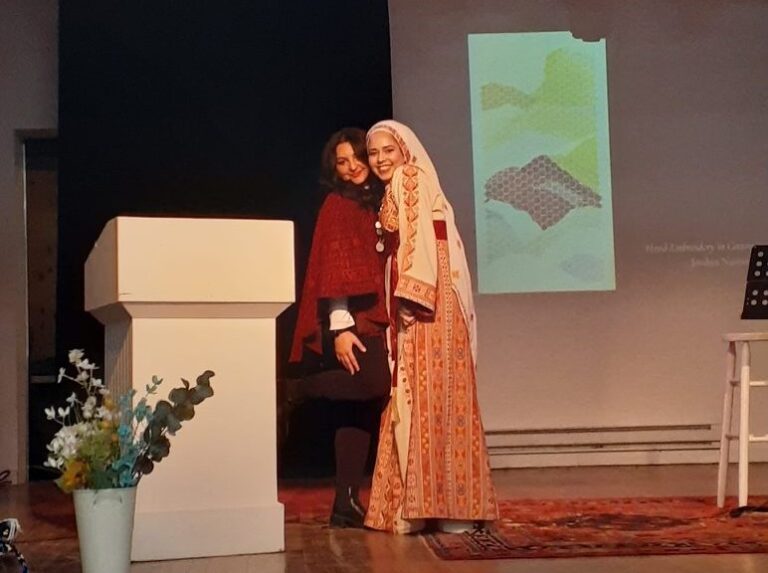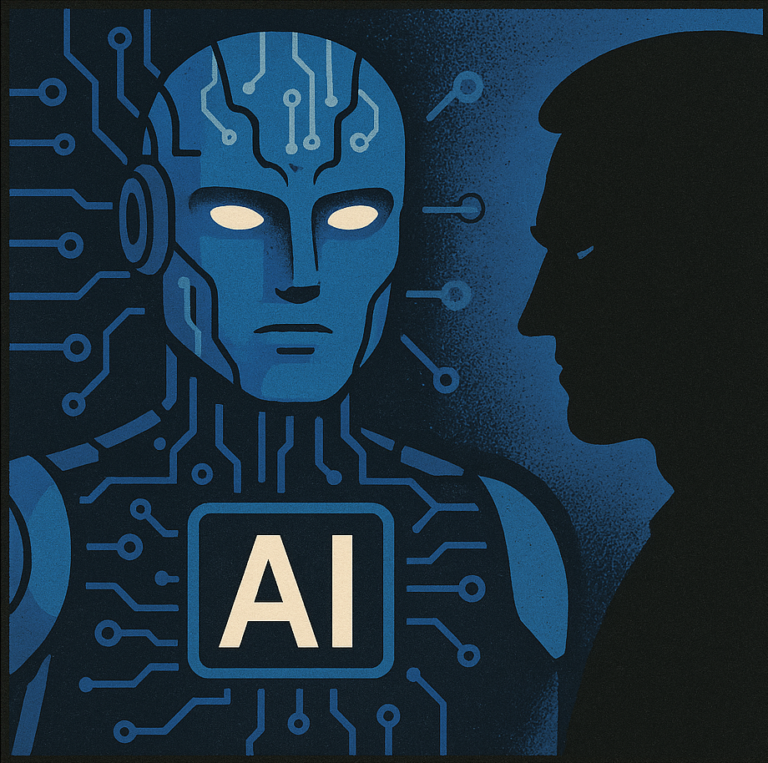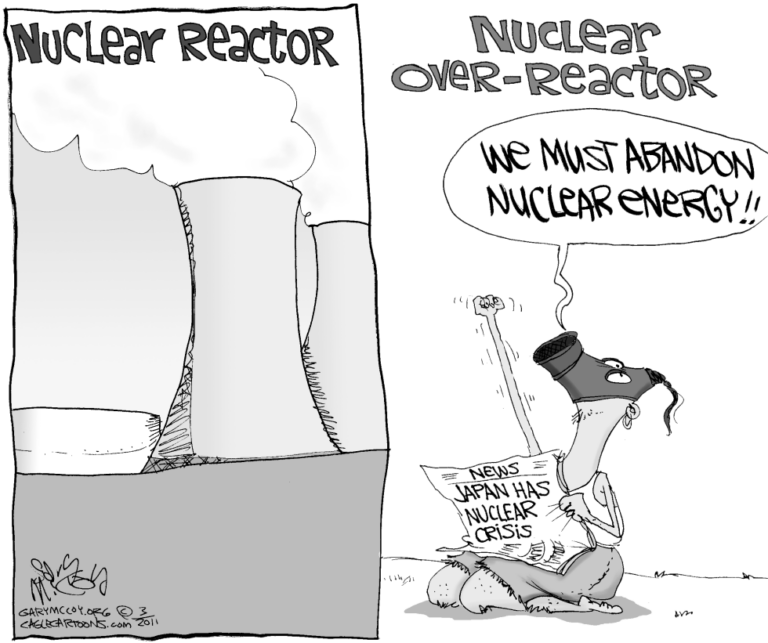As you may know, October is LGBTQ+ History Month. The tradition originated in 1996, when a Missouri high school teacher decided that his students would benefit from a month of learning the frequently forgotten history. Over the following years a number national organizations endorsed the celebration of this month. In 2006, the Equality Forum assumed responsibility for the practice of LGBTQ+ History Month making it what it is today.
As with most discussions of history and politics, I find Canadians have a deeper understanding of the American perspective than we do of our own. Other than the legalization of same-sex marriage in 2005, not much is widely known about the experience of Canada’s LGBTQ+ community. Here is a short list of some events in Canada’s LGBTQ+ history.
1950s-60s: The RCMP conducts surveillance, raids, and arrests of “homosexuals” in all major Canadian cities.
1969: Canada decriminalizes homosexual acts between consenting adults.
1971: Canada’s first public protest for gay rights, We Demand, is held on Parliament Hill.
1981: The Toronto Police raid four bathhouses in Operation Soap, spurring a wave of protests that is now seen as Canada’s Stonewall and the first Toronto Pride event.
1995: Egan v. Canada sees freedom from discrimination on the basis of sexual orientation ruled a protected right.
2004: The last raid of a bathhouse takes place in Hamilton, Ontario.
2017: Bill-C16 is passed, ensuring human rights protection to transgender people in Canada.
2017: Prime Minister Justin Trudeau issues a formal apology to the LGBTQ+ community, including 145 million dollars compensation
2020: Federal legislation is introduced to ban the practice of conversion therapy in Canada.
In modern social discourse, especially here in Canada, it is easy to forget why something like LGBTQ+ History Month is so important. They’ve got legal marriage, right? You can put X as a gender marker on your passport. What else is there? In a time and place where the courts and legislatures largely support the basic rights and protection of LGBTQ+ individuals, anti-LGBTQ+ rhetoric can perhaps be more easily overlooked in favour of large-scale political wins. We’ve come a long way from the bathhouse raids of the 1970s, but the LGBTQ+ community continues to face discrimmination, oppression, and violence. Queerphobia is more than illegal same-sex marriage. It’s being misgendered and called the wrong name at family events, it’s taking down flags when your landlord comes by for fear that they’ll find a reason to evict you, it’s feeling unsafe walking downtown holding a partner’s hand. It’s knowing that somewhere, sometime, you could face abuse and murder simply by virtue of being who you are.
Knowing Canada’s LGBTQ+ history is important in understanding the struggles faced by the community today, both in how far we’ve come and how much farther we have to go. What I’ve included here is by no means an exhaustive timeline, and I strongly encourage you to do your own research, and learn a little more about a history that is so often overlooked.
Sincerely,
Ally
Have a comment on a story, want to bring attention to something happening on campus, or have anything else to share? We want to hear from you! Send in your Letters to the Editor to editor@thebruns.ca.




